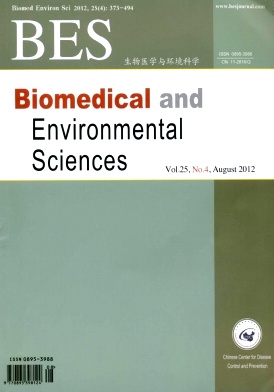Assessing Heat-related Mortality Risks in Beijing, China
doi: 10.3967/0895-3988.2012.04.011
-
Key words:
- Temperature /
- Mortality /
- Premature death /
- Health risk /
- Generalized linear regression model /
- Climate change
Abstract: Objective To obtain the exposure-response relationship for temperature and mortality,and assess the risk of heat-related premature death.Methods A statistical model was developed using a Poisson generalized linear regression model with Beijing mortality and temperature data from October 1st,2006 to September 30th,2008.We calculated the exposure-response relationship for temperature and mortality in the central city,and inner suburban and outer suburban regions.Based on this relationship,a health risk model was used to assess the risk of heat-related premature death in the summer (June to August) of 2009.Results The population in the outer suburbs had the highest temperature-related mortality risk.People in the central city had a mid-range risk,while people in the inner suburbs had the lowest risk.Risk assessment predicted that the number of heat-related premature deaths in the summer of 2009was 1581.The city areas of Chaoyang and Haidian districts had the highest number of premature deaths.The number of premature deaths in the southern areas of Beijing (Fangshan,Fengtai,Daxing,and Tongzhou districts) was in the mid-range.Conclusion Ambient temperature significantly affects human mortality in Beijing.People in the city and outer suburban area have a higher temperature-related mortality risk than people in the inner suburban area.This may be explained by a temperature-related vulnerability.
| Citation: | LI Tian Tian, GAO Yan Lin, WEI Zai Hua, WANG Jing, GUO Ya Fei, LIU Fan, LIU Zhao Rong, CHENG Yan Li. Assessing Heat-related Mortality Risks in Beijing, China[J]. Biomedical and Environmental Sciences, 2012, 25(4): 458-464. doi: 10.3967/0895-3988.2012.04.011 |







 Quick Links
Quick Links
 DownLoad:
DownLoad: